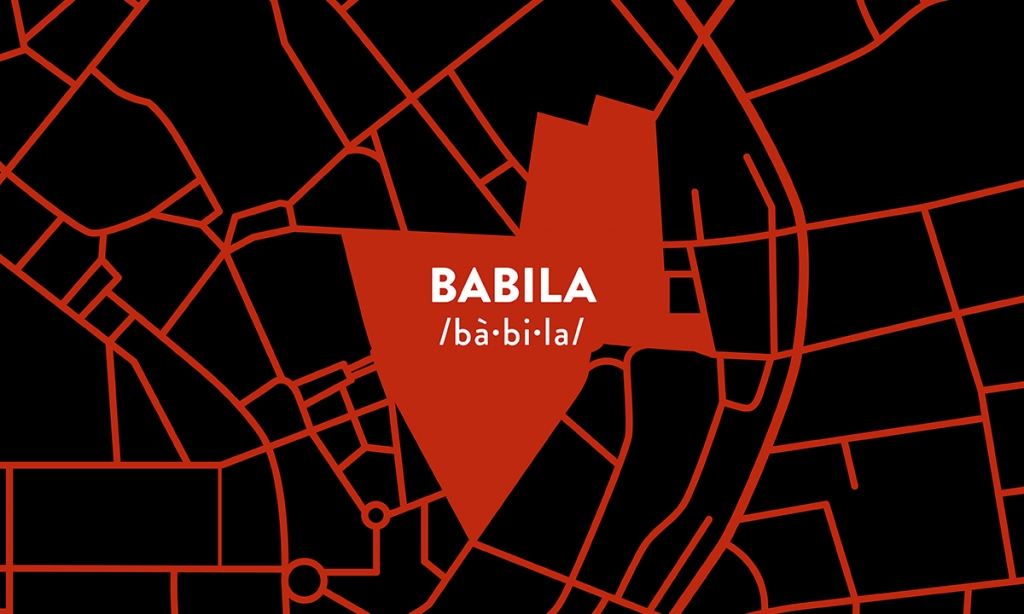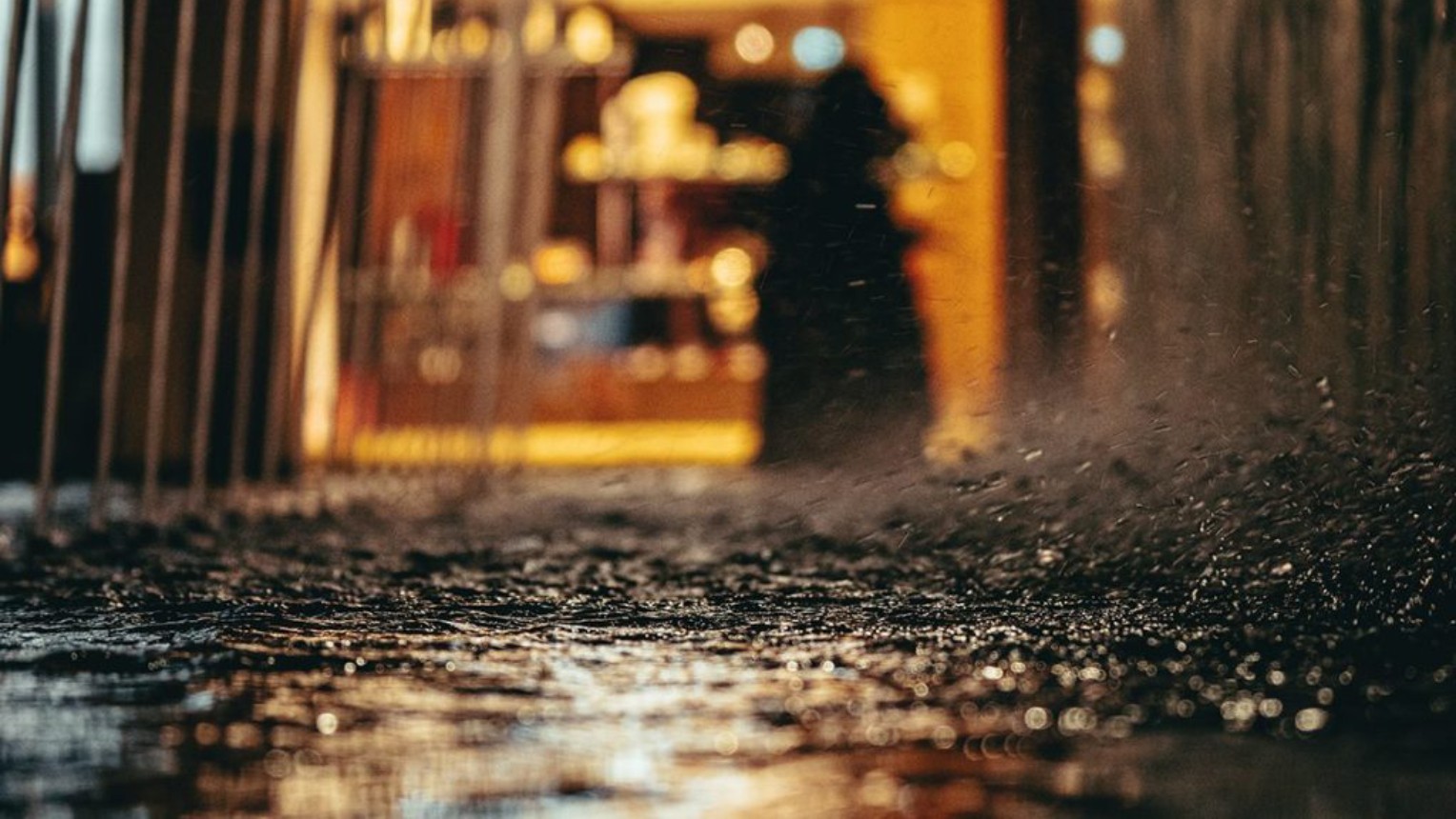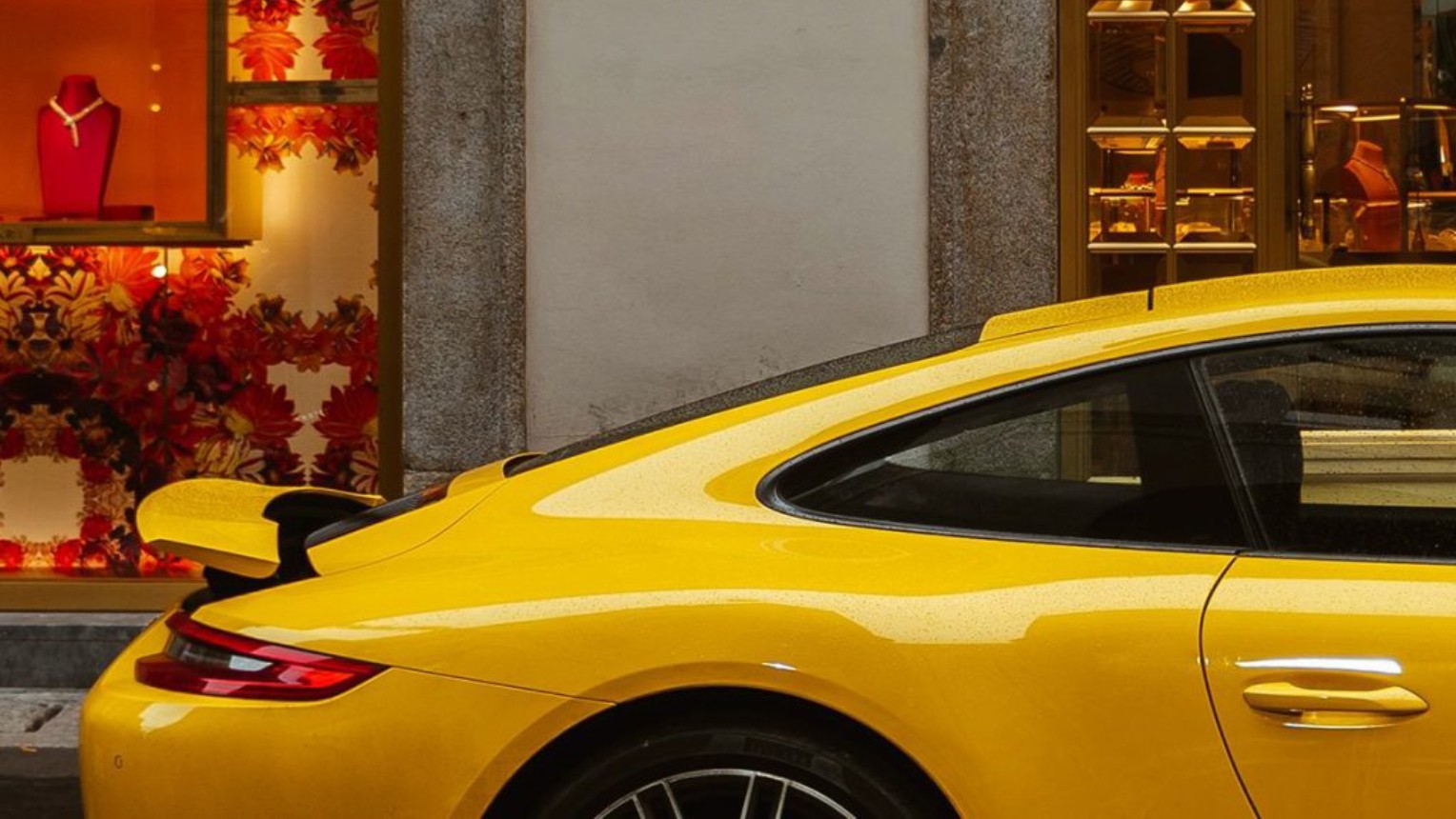Discover Milan: San Babila

Here we are again: our virtual journey across the city of Milan goes on! Let’s discover together San Babila, a buzzing, special and fashionable district.
Origins
The San Babila square is located in the historic center of Milan and bears the name of the holy martyr of Turkish origin, San Babila from Antiochia. Initially, the space in front of the basilica was a churchyard that opened towards Corso Vittorio Emanuele II. At the beginning of the twentieth century, to cope with the increase in the population rate, it was necessary to create a larger historic center. The first modifications carried out led to the demolition of several historic buildings, including some in front of the basilica. In 1931 Largo San Babila was further enlarged and what we know today as “Piazza San Babila” was created.
The last works were made in 1957 with the construction of the Passarella Gallery. Between the end of the fifties and the beginning of the sixties, the square was affected by excavations for the construction of the subway, for the “San Babila” station. It was inaugurated in 1964, and is still today an important stop on the Milanese “M1” metro red line.
For several years from 1969 onwards, the square was the sad stage for neo-fascist political movements. In the eighties, however, it became the scene of youth subcultures with a totally opposite imprint: the Paninari and the Yuppies.
The square
The square hosts not only the famous and homonymous Basilica, but also the Snia Viscosa Tower. This is the first skyscraper built in Milan, designed by Alessandro Rimini in 1937.
On the internal front of the square, we can see Palazzo del Toro, a multifunctional complex which includes the Teatro Nuovo and the Teatro San Babila.
Around the famous fountain, it is possible to see many shops of all kinds, from Diesel to the Lego store.
The fountain
In the center of the square stands a fountain built in 1997 by the architect Luigi Caccia Dominioni. This very particular project aims to symbolically recreate the ecosystem of region Lombardia with the waters that flow from the mountains across the great lakes to the river Po valley.
In fact, the top from which the water flows represents a cloud, the pyramidal trunk symbolizes the mountain, the long grid on the ground reproduces the path of the water along rivers and fountains and the central basin represents a lake. The gushing water is the evaporation process which ideally rejoins the sphere positioned on top of the fountain.
The canopy flower beds delimiting the pedestrian area symbolize the Lombard hills and mountains that form the backdrop to the city of Milan.
The fountain is made with granite from the near mountains, symbol of the Pre-Alps. Small curiosity: Luigi Caccia Dominioni had already built this identical structure years earlier in another city!

The Basilica and the San Carlo Church
The Basilica of San Babila is the first Christian church in Milan and was once considered the most important in the city, after the Duomo and the Basilica of Sant’Ambrogio. The Collegiate Prepositural Basilica of San Babila, this is its full name, has a thousand-year history. There, religious and civic movements originated, including the famous “Cinque Giornate” (Five Days) of Milan, which led to the temporary liberation of the city from the Austrians. In front of the church, there is a column surmounted by a lion.
The Church of San Carlo is located in Corso Vittorio Emanuele and is an example of neoclassical style, reminiscent, in fact, of the Roman Pantheon. Dedicated to San Carlo Borromeo, today it is the Milanese headquarters of the order of the Serviti. The exterior is characterized by a front colonnade of 36 imposing columns, which extend to the sides forming a square, right on Corso Vittorio Emanuele. Behind the church, the tallest bell tower in Milan and one of the tallest in Italy.
A fashionable district
Nowadays, this district is synonymous with elegance, fashion and design. From the square, with its lively and urban style, a few important streets branch off: via Vittorio Emanuele, corso Europa, via Borgogna, corso Venezia, corso Matteotti, corso Monforte, till we reach the Piazza Duomo.
Near here, the famous area of “Quadrilatero della Moda”, the true fashion heart of the city, delimited by Corso Venezia, Via Montenapoleone, Via della Spiga e Via Manzoni. In this area, you can get lost among boutiques, antiques and elegant cafès.

Art, museums and thereabouts
In Via Mozart it is possible to admire one of the most ancient and famous Milan villas: Villa Necchi Campiglio. It is an architecture jewel, built at the beginning of the 30’s by Piero Portaluppi. Inside it, refined furniture and precious materials, perfect expression of the lifestyle of that era.
Palazzo Visconti di Modrone, in Via Cino del Duca 8, is one of the very few private palace in Milan which can be visited by the public. It was built in the 17th century by the will of the Spanish count Carlo Bolagnos. In the 18th century, the palace became famous for its rich and exuberant atmosphere, way different from the usual style of milanese houses. Today, in its halls it is possible to held private events.
In Via Sant’Andrea 6 there is the elegant noble palace Morando, a museum dedicated to the city and to fashion. It has two explorative paths: at the first floor there is a picture gallery that testifies the urban and social evolution of Milan. In the near halls, the reception rooms of the noble house have been rearranged It is possible to visit the museum from Tuesday to Sunday from 10 am to 5.30 pm.
Then, another beautiful building is the Museo Bagatti Valsecchi,in Via Gesù 5. It is very well preserved, and it is one of the first astonishing expressions of the Milanese design. If you want to take a look, it is open to the public from Thursday to Sunday, from 1 pm to 5.45 pm.
Then, we step back to Corso Venezia 2/A to admire the Teatro San Babila, built in 1964. A true establishment for the lovers of the traditional theater.
Food & design
In Milan you must try the typical creamy saffron risotto with ossobuco. That is why we suggest to book a table at Drogheria Parini 1915, a family-run restaurant for 3 generations, located in Via Borgospesso 1. Among the beauty of the centenary buildings, for a sophisticated experience, if you can, try also the historic Boeucc Restaurant, in piazza Belgioioso 2, open since 1696. Then, in the area, you can also find Salsamenteria di Parma, in Via San Pietro all’Orto 9, a trattoria with a welcoming atmosphere, where you can have Italian cold cuts, cheeses and fresh pasta.
For coffee and a sweet treat, there are three renowned places that are worth a visit: the historic Pasticceria Bastianello, Caffè Pascucci and Pasticceria Cova.
Another special place is the elegant Martini Bistrò by Dolce & Gabbana. It offers typical dishes of the Sicilian tradition in an atmosphere that recalls a club of the 50’s. As per the Milanese tradition, an aperitif before dinner is a must! Take a seat at the historic Gin Rosa bar, located in the Galleria San Babila at 4/b, and ask for the house cocktail. It’s gin and orange peel, a must since 1820.
After a food break, it’s time for shopping! Next to fashion boutiques, there are two special places. If you are looking for design objects, the right place is Moroni Gomma in Corso Matteotti 14. Here, you can find special objects, stationery, accessories and small furnishings.
Another stop we suggest is Nano Bleu, a three-floors historic toy store since 1949, where you can find all kinds of toys for children. Then, just a few steps far from the square, there is via Durini, full of exclusive home design showrooms.
Once back home
The San Babila district is elegant, modern, lively, and sophisticated, just like our Gaggia Babila. This fully auto machine is characterized by a clean design, refined and impactful, ideal for the most exclusive kitchens. Thanks to the many features and settings, it is possible to make a series of customizable coffee and milk-based beverages. From the classic espresso to the latte macchiato, Gaggia Babila is the perfect machine for the ones who look for ease of use and the 100% Italian inimitable classy design.
 Truly Italian Roots
Truly Italian Roots